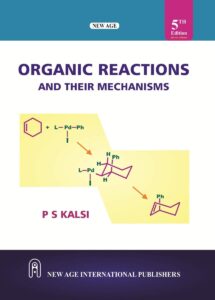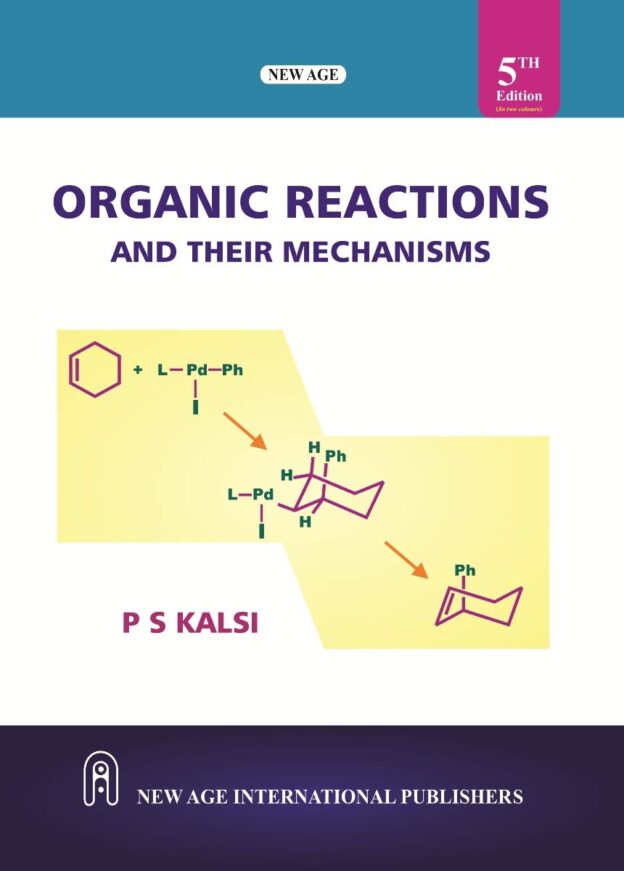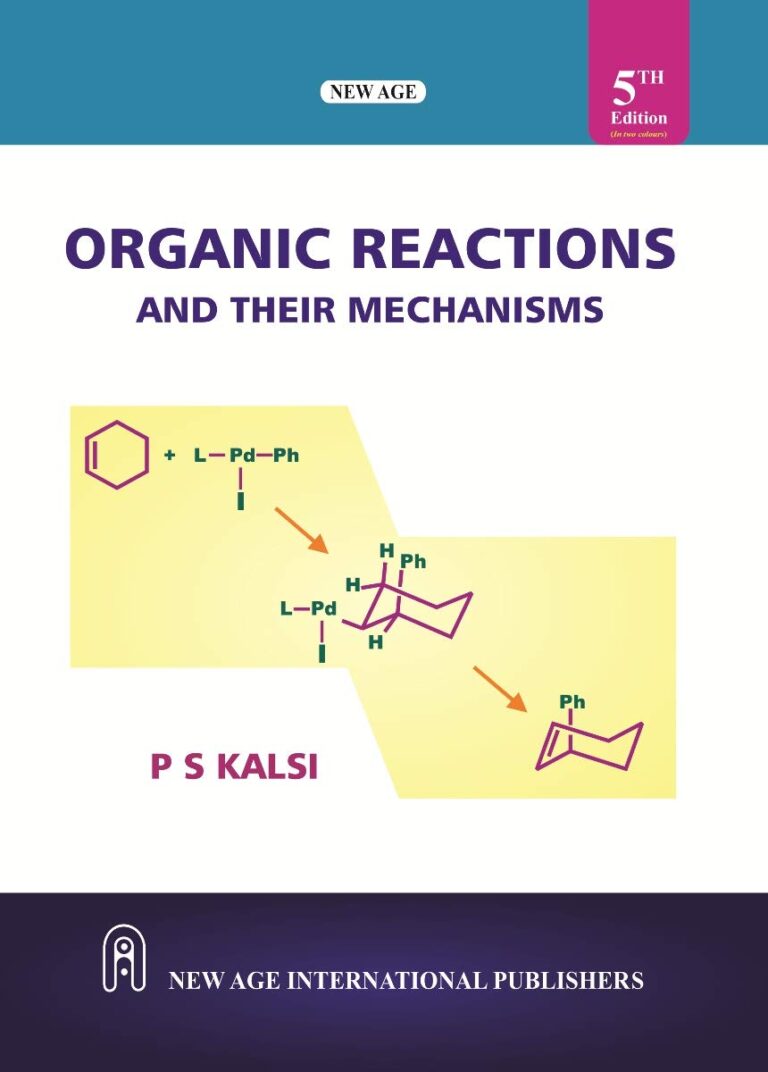Chemical reactions that are named after the scientists who discovered or created them are known as name reactions. Scientist Lieben pioneered this movement in 1822. He investigated the reactions of various carbonyl compounds with iodine and alkali and proposed principles that were the foundation for the iodoform test. As a result, the reaction was dubbed the Lieben Haloform Reaction in honour of Lieben. Hundreds of well-known chemical reactions now bear the names of scientists.
It is crucial to learn named reactions for students preparing for board exams and competitive exams. Some named reactions like Friedel craft reaction, Cannizzaro reaction and transesterification are prevalent in organic chemistry. In this article, we will discuss named reactions and their importance.
List of Important Name Reactions
Some named reactions are listed below:
Friedel-Crafts reaction
A Friedel-Crafts reaction is a type of organic coupling reaction that uses an electrophilic aromatic substitution to attach substituents to aromatic rings. Alkylation and acylation processes are the two most common Friedel-Crafts reactions. In 1877, French chemist Charles Friedel and American chemist James Crafts developed these reactions.
Friedel-Craft Alkylation
Friedel-Crafts Alkylation refers to the substitution of an alkyl group for an aromatic proton. With the help of a carbocation, an electrophilic attack on the aromatic ring is carried out. The Friedel-Crafts alkylation reaction employs alkyl halides as reactants to produce alkylbenzenes.
Friedel-Crafts Acylation
An acyl group is added to an aromatic ring in the Friedel-Crafts acylation procedure. Usually, an acid chloride (R-(C=O)-Cl) and a Lewis acid catalyst, such as AlCl3, are used. The aromatic ring is converted to a ketone via a Friedel-Crafts acylation process.
Cannizzaro Reaction
The Cannizzaro reaction is a chemical reaction named after Stanislao Cannizzaro in which a base disproportionates two molecules of a non-enolizable aldehyde to generate a carboxylic acid and a primary alcohol.
Wurtz Reaction
For the synthesis of alkanes, the Wurtz reaction is a very useful process in organic chemistry and organometallic chemistry. With the help of sodium and dry ether solution, two different alkyl halides are bonded to yield a longer alkane chain in this reaction.
- This reaction is named after Charles Adolphe Wurtz, a French chemist who discovered the aldol reaction.
- Metals such as silver, indium, activated copper, zinc, and iron, in addition to sodium, can be employed in the Wurtz reaction to produce alkanes.
Transesterification Reaction
It’s an organic process in which the R group of an alcohol is replaced by the R’ group of an ester. This is usually accomplished by adding an acid or basic catalyst to the reaction mixture. It’s also possible with the help of enzyme catalysts (such as lipases).
Eschweiler-Clarke reaction
It is one of the named organic reactions. When a primary/secondary amine is treated with formaldehyde and an excess of formic acid, it undergoes methylation in this process. The formate anion reduces the imine or iminium salt by acting as a hydride donor, resulting in a reductive amination. It is not possible to make quaternary amines.
Summary
Named chemical reactions are now an essential part of organic chemistry, which is improving its ability to create increasingly complex and diversified chemical compounds.
The Lieben Haloform Reaction, the first-named reaction in organic synthesis, began in 1822 when Serullas discovered that iodine crystals mixed in a mixture of alkali and ethanol produced a yellow precipitate he called hydroiodide of carbon, which we now know as iodoform (CHI3).


























+ There are no comments
Add yours